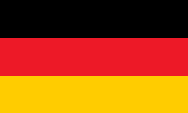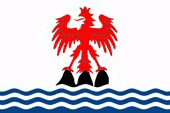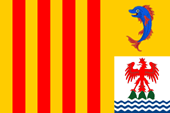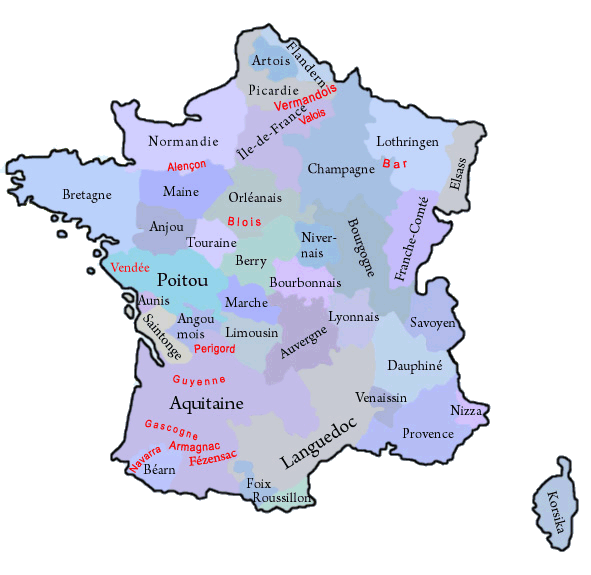mobile View, to the German Version tap the flag


- historical region in today's France
- former county
• Flag
• Meaning/Origin of the Flag
• Coat of Arms
• Meaning/Origin of the Coat of Arms
• Map of the historical Regions in France
• Explanations about the Regions
• History
• Origin of the Country's Name

Flag of Nice
– drapeau de Nice,
Source, by: Die Welt der Flaggen




since 1999,
Flag of Provence-Alpes-Côte d’Azur Region
– drapeau de la région Provence-Alpes-Côte d’Azur,
Source, by: Flags of the World






The flag of the County of Nice is a scutcheon-flag, it shows the image of the coat of the city. Since 1999 is in the region of "Provence- Alpes-Côte d’Azur" – to which Nice belongs – an unofficial flag in use, which combines the features of the heraldry of the County of Barcelona (Provence belonged from 1112 to 1245 to the County of Barcelona), of the County of Dauphiné and of the County of Nice.
Source:
Volker Preuß


Coat of arms of Nice,
Source, by: Wikipedia (FR)

The coat of arms of Nice shows a silvery shield, on it a red eagle with red clover stems and a red crown. It stands on a black three-mountain, which rises from blue waves. There exist also representations in which the eagle is golden armed and wears a golden crown, and the three-mountain is sporadically displayed in green.
Source:
Volker Preuß,
Wikipedia (FR)

The historical, French Regions:

in black: governorate and province in 1776,
in red: former county, province oder governorate
Map: Volker Preuß

The until the French Revolution existing provinces (or governorates) have been historically grown structures, which had their roots oftenly in former fiefdoms of the French crown, historic counties and duchies. They oftenly existed for hundreds of years and had preserved regionality (e.g. cultural particularities and regional languages). On the occasion of the French Revolution such phenomena were of course not desirable, and as part of their bloody and violent egalitarianism any regional references were eliminated. Shortly after the French Revolution the provinces were dissolved and France became divided into many départements, which should have approximately the same size and the same status. The départements were named after rivers or mountains, to use never and in no circumstances the name of an old province. However, there was no success in cutting the connections of the people of France to their respective regions, so that administrative regions were re-created in 1960, to have a better control in regional administrative processes. In this way became départements, which were placed in a historical province, administratively grouped to an oftenly historically named region. The resulted structures coincide only approximately with the boundaries of the old provinces. In the strictly centralist France any regionality is avoided, so that even the official flags of these regions mostly look like flags of companies, unloving, unhistorical, technocratic and modernistic, and these flags should not be a subject of any lexical considerations here. Only in a few of that regions, exist official flags which remember the historical models. But, even the existence of these today's regions is douptful, because in 2014 was passed a territorial reform valid from the year 2016, that reduces the number of the existing regions by merging to nearly the half. However, there exist unofficial flags in nearly all of these regions, which should remember the old provinces and the old heraldry.
Wikipedia Link to the regions of France:
click or tap here
FOTW Link to the regions of France:
click or tap here
Source: Flags of the World,
Wikipedia (D),
Volker Preuß

1382 · Joanna I. of Anjou-Provence proclaims Ludwig I. (Duke of Anjou, brother of Charles V., King of France) as heir, the Provence comes again to the House of Anjou, it begins a war of throne and war of succession
1388 · Count Amadeus VII. of Savoy, takes advantage of the situation in the Provence and brings the city and the surroundings of Nice to his possessions (affiliation to the Principality of Piedmont)
1416 · Savoy, which is part of the Holy Roman Empire of German Nation, is raised to a duchy, Duke Amedeo VIII. buys in addition the title of the "Duke in Piedmont" from Sigismund, the German Emperor
1526 · city and surroundings of Nice, get the official name "Comté de Nice" (County of Nice)
1543 · Nice is besieged by French troops and conquered for a short time
1614 · Nice is freeport
1691–1697 · Palatinate War of Succession, Nice is occupied by French troops
1707–1713 · Spanish War of Succession, Nice is occupied by French troops
1720 · unification of Savoy-Piedmont with the Kingdom of Sardinia, the title of King of Sardinia comes in this way to the Duke of Savoy, establish of the Kingdom of Sardinia-Piedmont by the House of Savoy
1792 · invasion of the French Revolutionary Army, the County of Nice is annexed by France
1814/15 · Congress of Vienna, reorganization of Europe after the Napoleonic era, restoration of the Kingdom of Sardinia-Piedmont, the County of Nice is also restored
1859 · Italian War of Independence against Austria, the Lombardy gets annexed by Sardinia-Piedmont (supported by France)
1860 · Treaty of Turin between France and Sardinia-Piedmont, Savoy and Nice become ceded to France, today the region is part of the department of Alpes-Maritimes, and since 1960 – together with the departments of Alpes-de-Haute-Provence, Var, Vaucluse, Bouches-du-Rhône, Hautes-Alpes – part of the Region of Provence-Alpes-Côte d' Azur
Source:
Wikipedia (D)

The name "Nice" goes back to the 4th century B.C., when as the Phocaeans from the area around Marseille defeated the Ligurians and founded the city of Nikaïa (also Nicaea). The name refers to the goddess of victory, Nike, and can be translated with "the Victorious".
Source:
Wikipedia (D),
Volker Preuß


![]()








